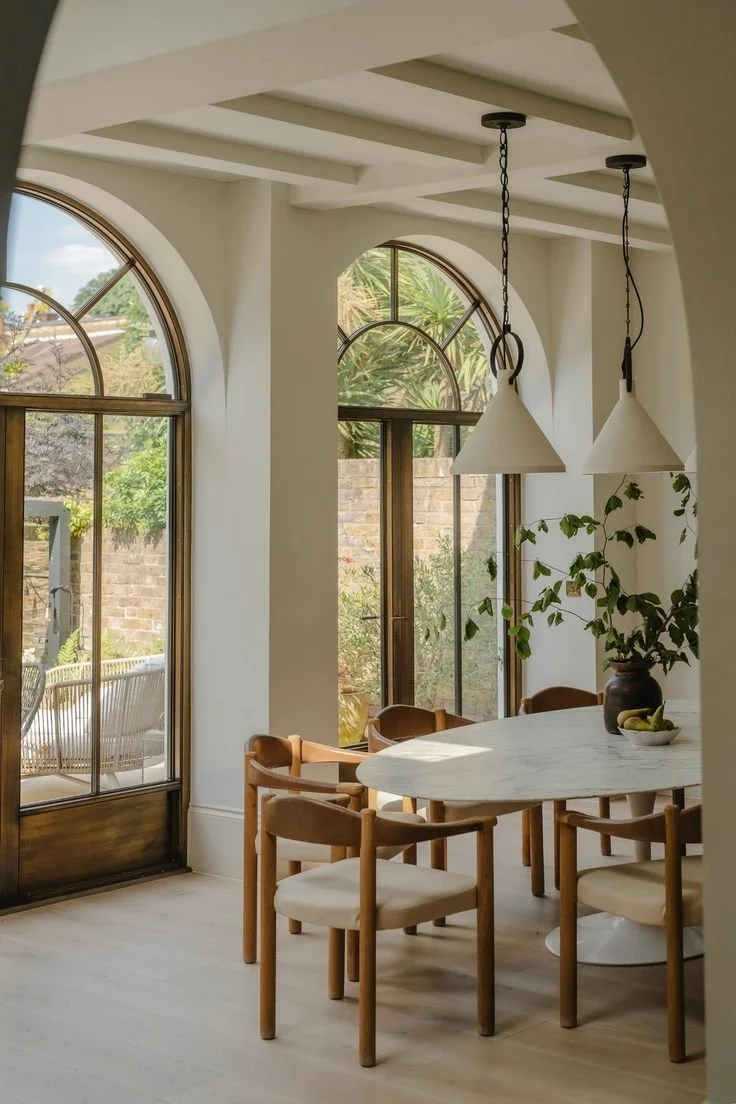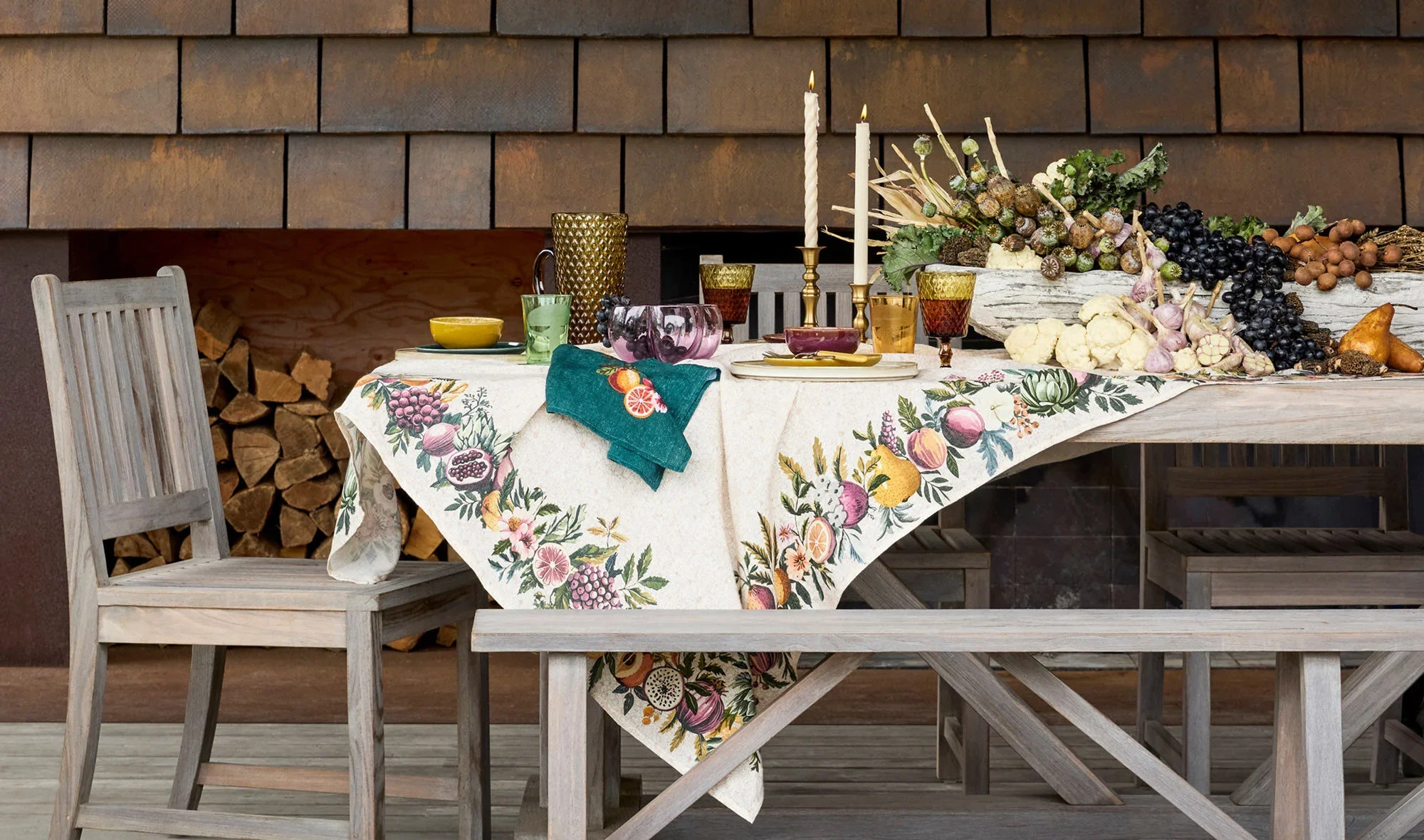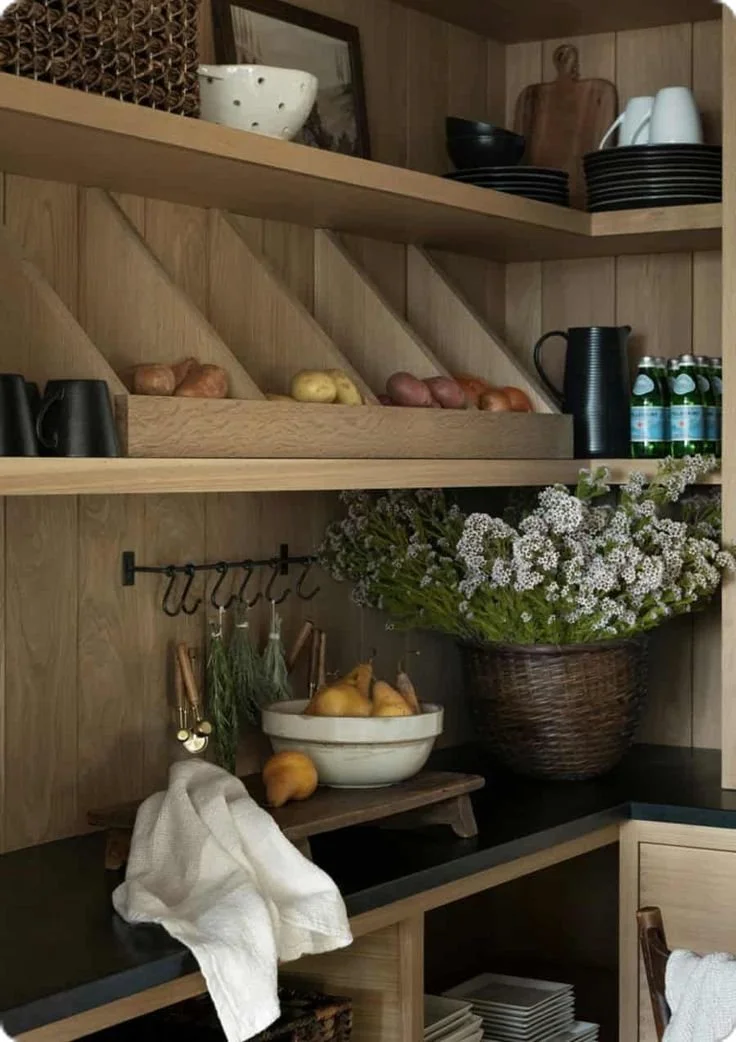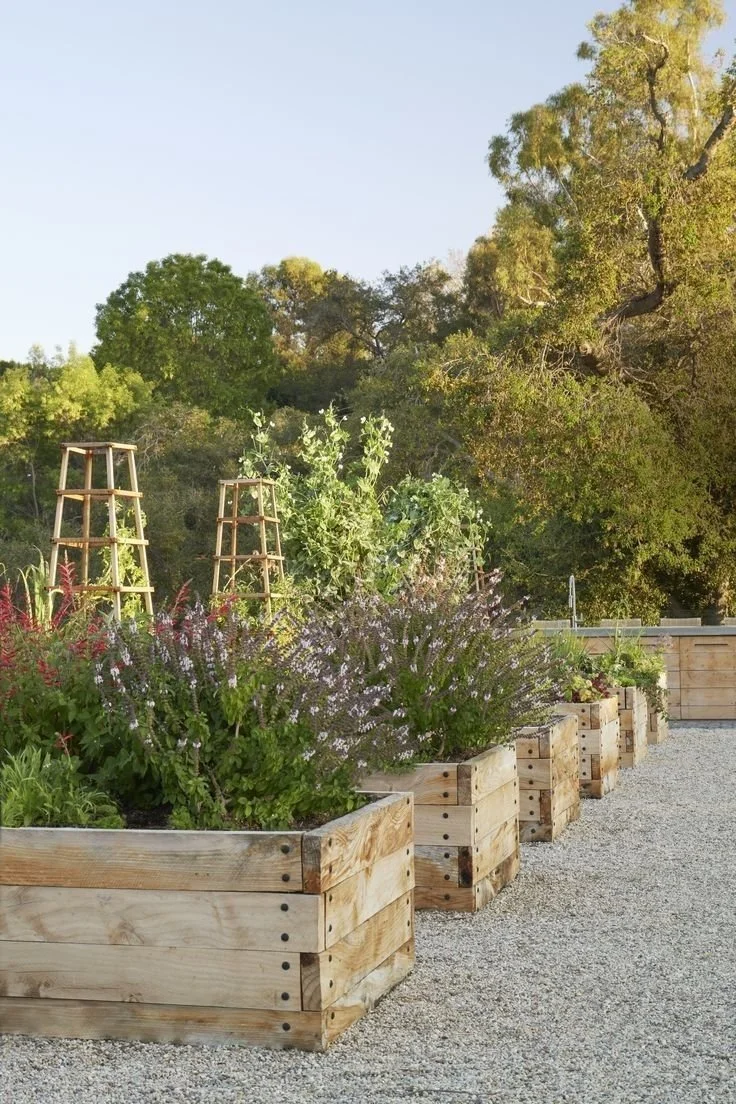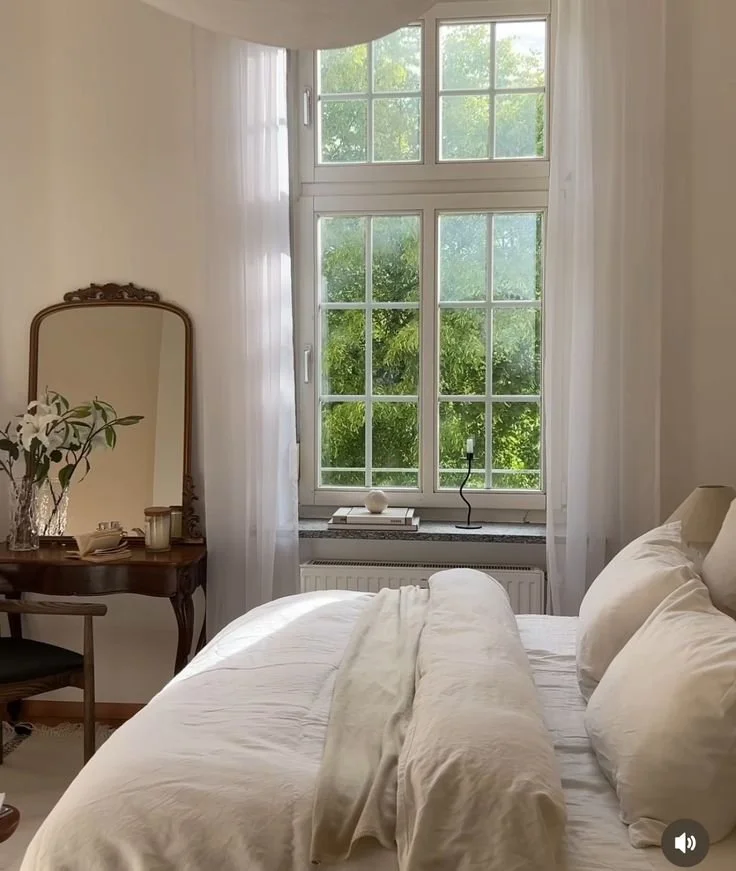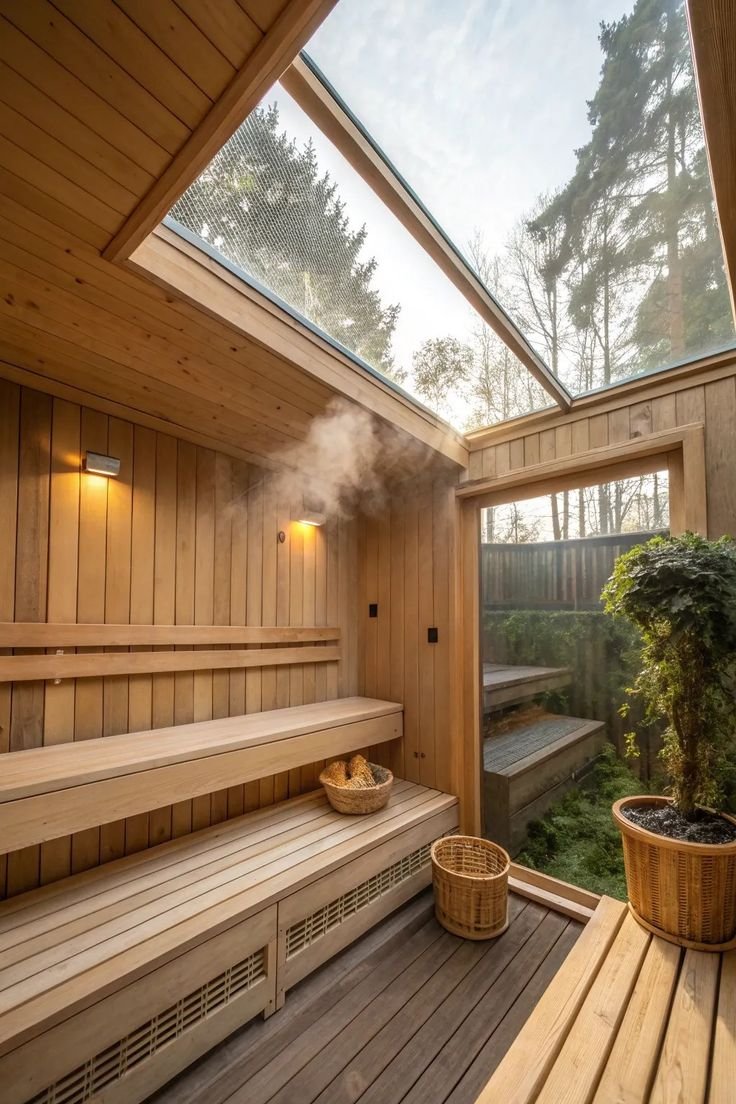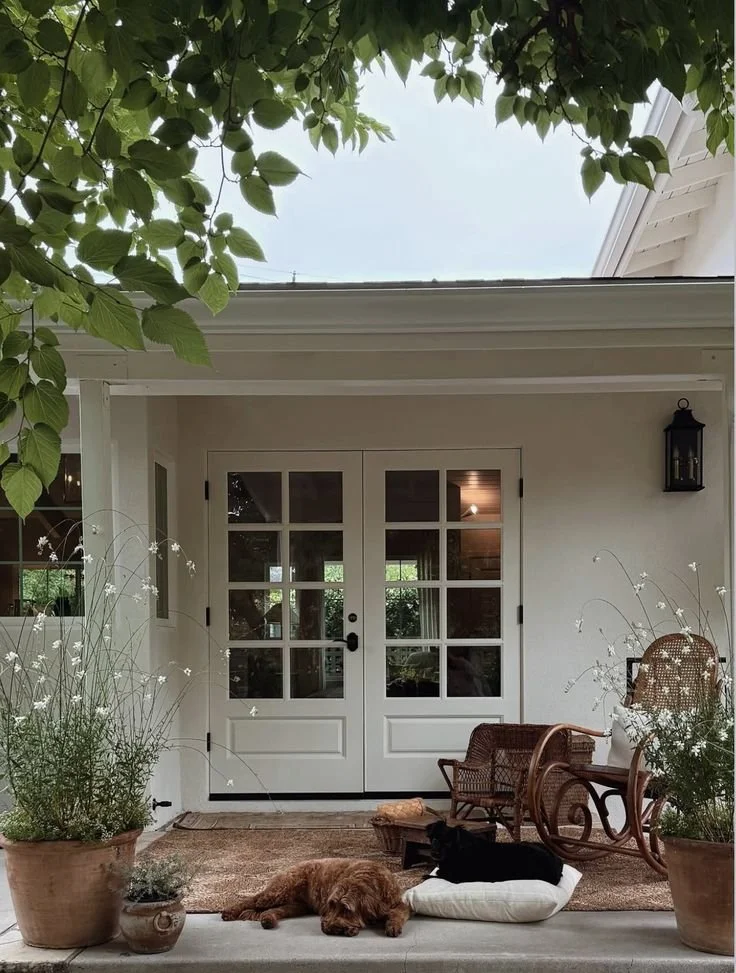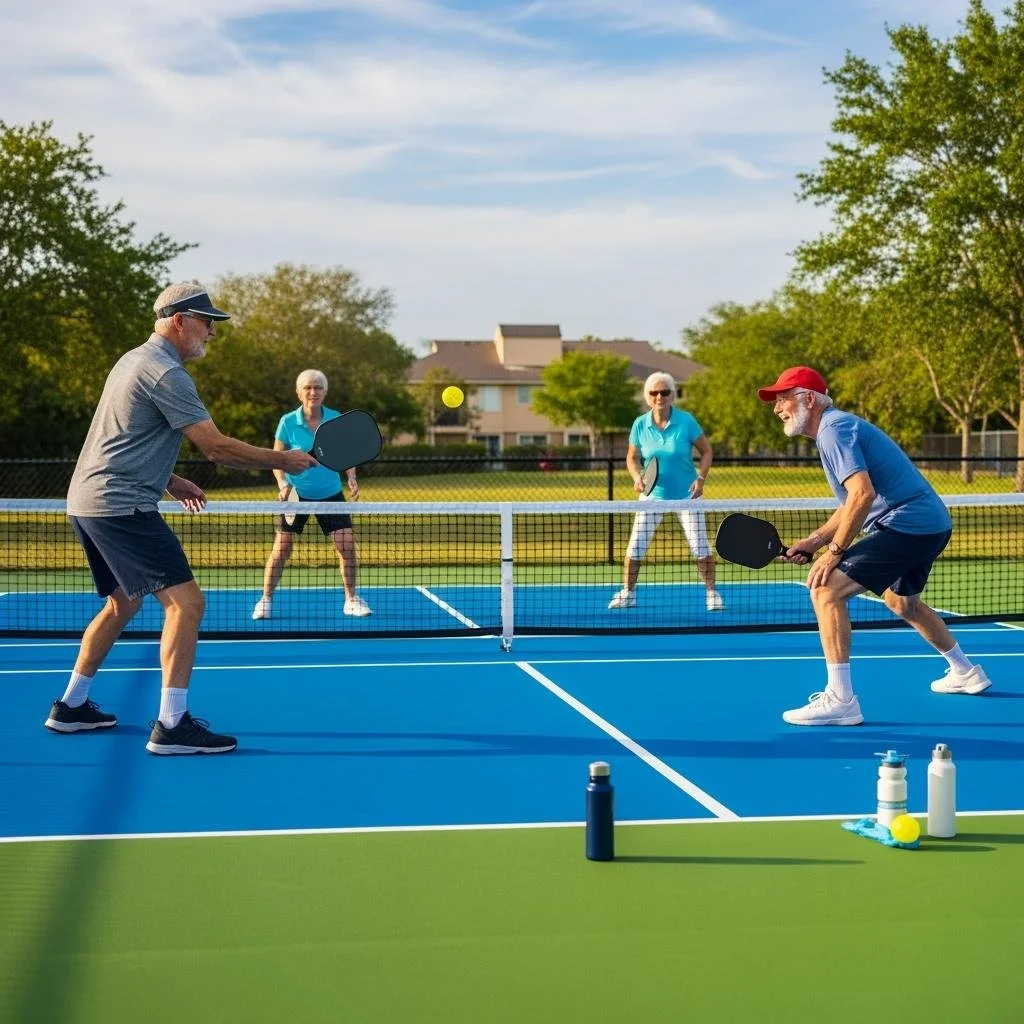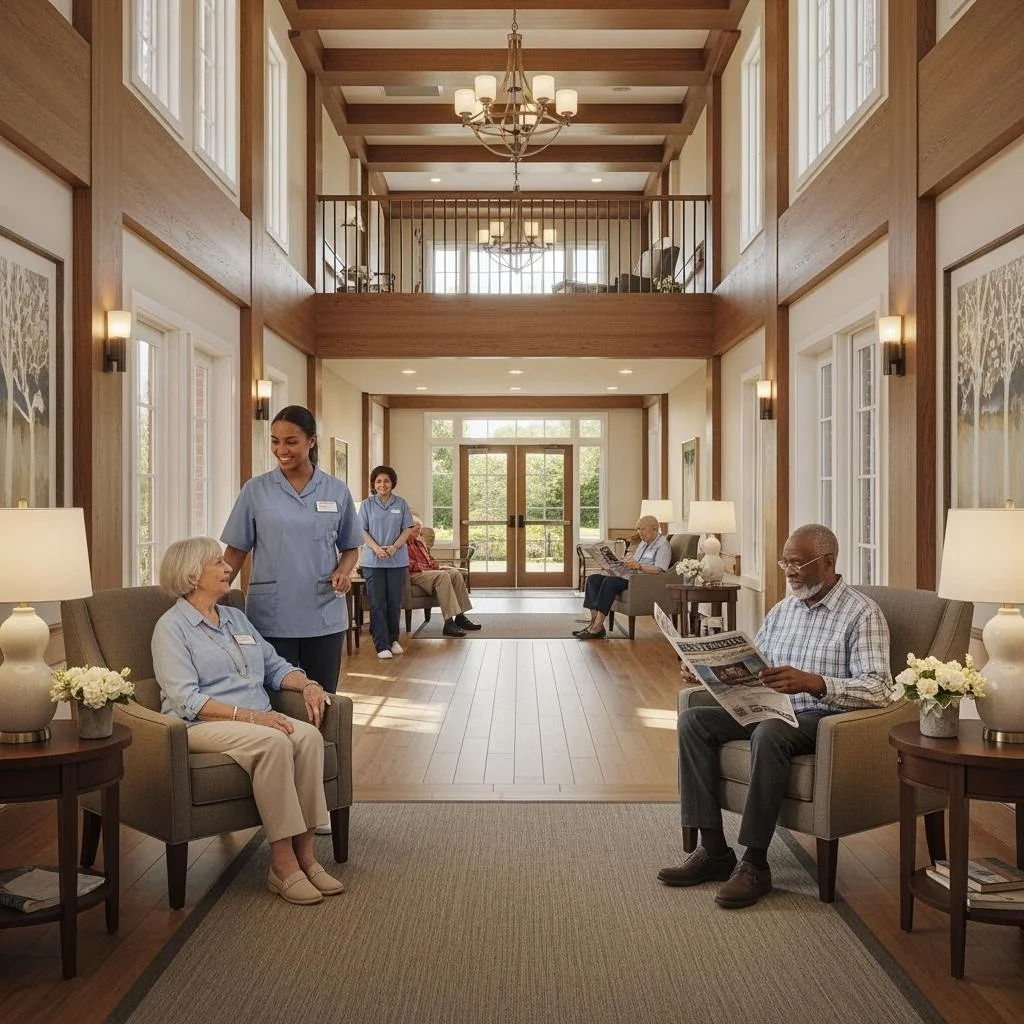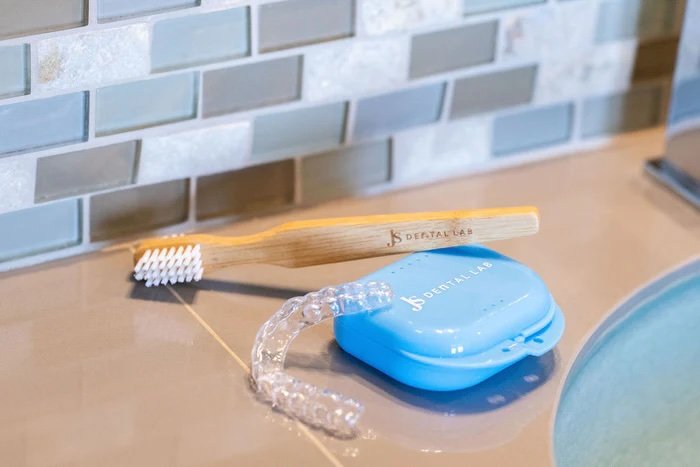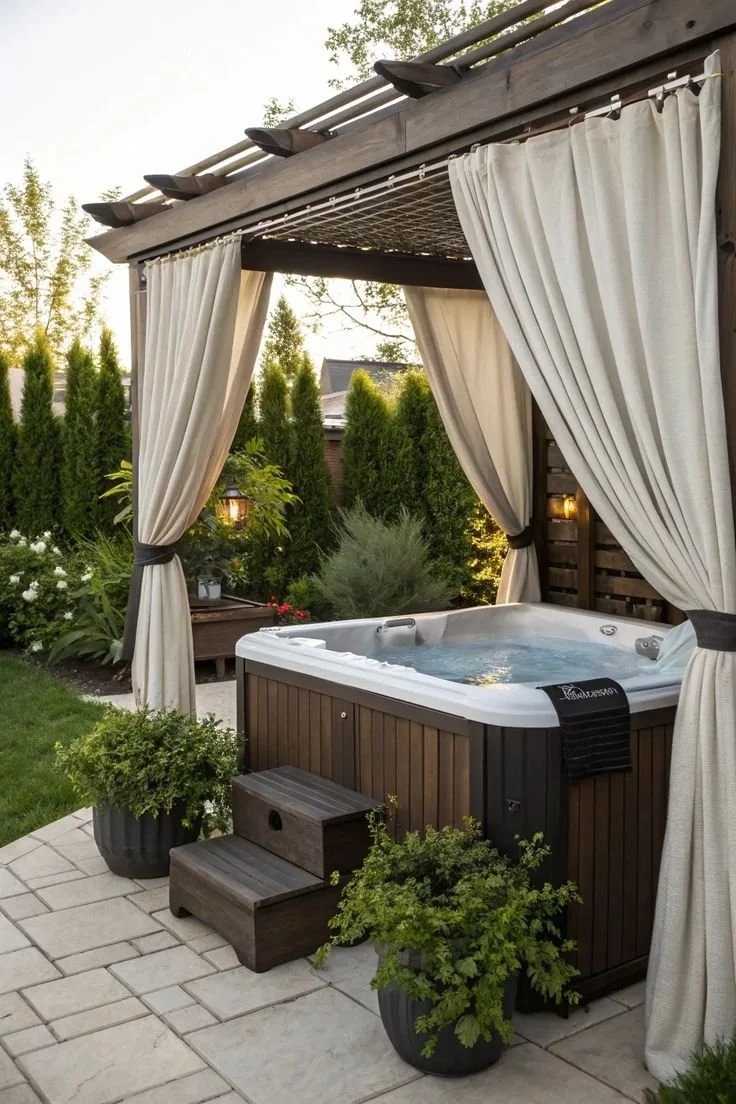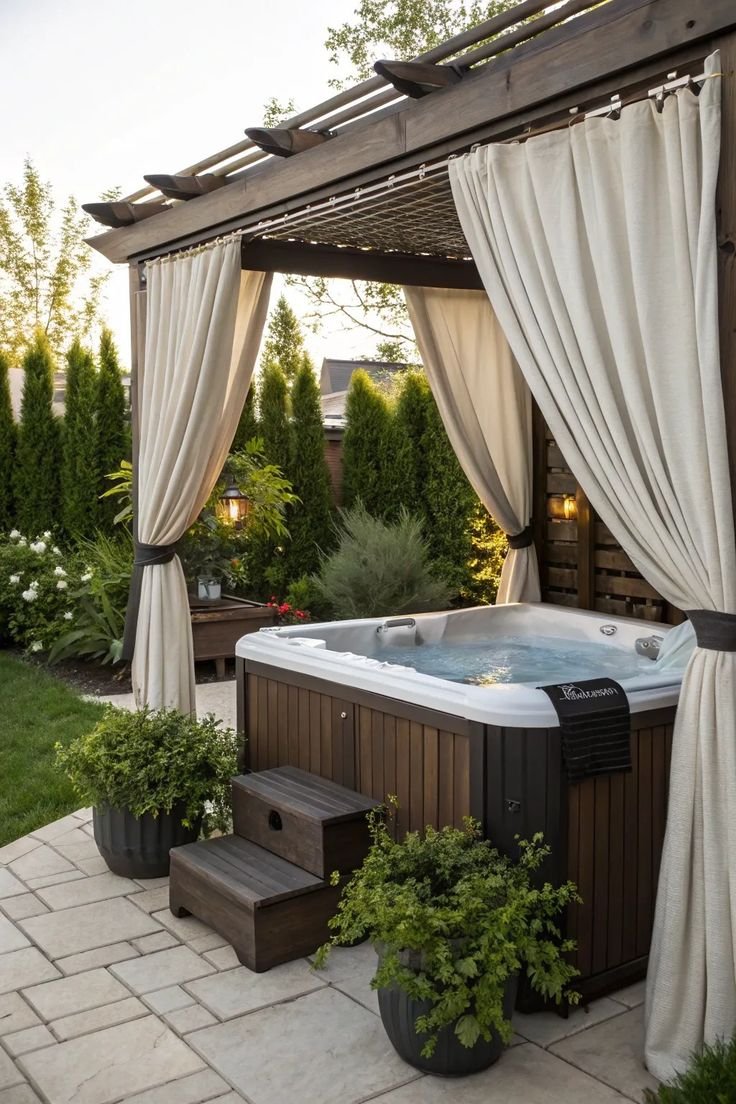In the journey toward conscious living, few transformations are as profound as those that begin within the walls of our own homes. Whether you're expanding a room, designing a wellness sanctuary, or simply seeking to align your living space with your values, the foundation of any meaningful renovation lies in mindful preparation.
At the heart of this process are detailed and comprehensive building permit drawings—the technical blueprints that bridge your personal vision with community safety standards. Far from being a bureaucratic formality, these documents are sacred tools that translate your dreams into reality, ensuring your renovation unfolds in harmony with both your inner world and the external environment.
In this guide, we explore how building permit drawings serve as the energetic and structural framework for conscious renovation. When approached with intention, they become more than just paperwork—they become sacred geometry, guiding your transformation with clarity, wisdom, and grace.
No. 1
The Energetic Blueprint of Conscious Renovation
Conscious renovation begins long before the first hammer swings. It starts with reflection—on how your space supports your well-being, your rituals, and your connection to the world around you. Just as you wouldn’t begin a practice without setting an intention, beginning a home transformation without proper building permit drawings invites unnecessary stress and disruption.
These technical plans are not obstacles; they are instruments of alignment. They ensure your renovation respects both the natural environment and the collective wisdom embedded in safety codes. Much like indigenous builders who honored land and community before constructing sacred spaces, modern permit drawings ensure your project is grounded in respect—for the earth, your neighbors, and future generations.
Approaching the planning phase with what mindfulness teachers call “beginner’s mind” allows you to see your space anew. Where does the morning light fall? How does energy move between rooms? These questions become the foundation of your drawings, turning legal documents into spiritual blueprints for intentional living.
No. 2
Sustainable Planning as a Spiritual Practice
Creating comprehensive building permit drawings is an act of mindfulness. It’s a practice rooted in sustainability, clarity, and respect. By taking the time to plan thoroughly, you reduce waste, avoid costly mistakes, and ensure that every element of your renovation serves a purpose.
Professional drafting services approach this process like skilled herbalists crafting a remedy—each line, each measurement, each material choice is made with care and intention. These experts help you understand how structural changes affect not only aesthetics but also energy flow, natural light, and the subtle rhythms of your daily life.
Moreover, these drawings protect your financial investment. Like healthy boundaries in relationships, they provide legal clarity and prevent unexpected complications that could drain the resources meant for creating beauty and peace in your home.
No. 3
The Art of Intentional Space Creation
Your home is more than a structure—it’s a sacred container for your growth, healing, and spiritual practice. Thoughtful building permit drawings help manifest this vision into physical form, ensuring that every change you make supports your deeper intentions.
Consider how teachers emphasize the importance of a dedicated practice space. Your renovation planning serves a similar purpose: it’s where you define how your space will support your daily rituals, family connections, and personal evolution.
These plans also offer opportunities to incorporate sustainable materials, energy-efficient systems, and biophilic design principles that align with conscious living. Whether it’s optimizing natural light, improving air quality, or selecting eco-friendly building materials, professional drafting services help you create a space that nourishes both body and spirit.
Architecture Designs
Build your dream home from the ground up.
Explore stunning architecture designs and purchase house floor plans online with ease. Your perfect home starts here.
No. 4
Navigating Regulations with Grace and Wisdom
Working with experienced drafting professionals transforms the often-intimidating world of building codes into a collaborative, empowering process. Building permit drawings become a bridge between your personal vision and the collective safety standards of your community.
Think of building regulations as the ethical guidelines of the physical world. They exist not to restrict, but to protect—to ensure that your renovation supports not only your well-being but also that of your neighbors and future occupants.
Professional drafters speak the language of both creativity and compliance. Their expertise allows you to focus on the soulful aspects of your project while they handle the technical intricacies with precision and care.
No. 5
Creating Harmony Between Vision and Reality
The most successful renovations are those that balance inspired vision with grounded practicality. Building permit drawings help you navigate this balance, integrating your spiritual and functional needs into a cohesive, actionable plan.
Experienced drafting professionals act as guides, helping you discern which elements of your vision will most enhance your daily life and which may need adjustment to fit within budget or regulatory frameworks. This process mirrors the wisdom of spiritual teachers who help students refine their aspirations into grounded, sustainable practices.
Patience is a virtue in conscious renovation. The time you invest in thoughtful planning cultivates mindfulness, trust, and a deeper connection to your space. It’s a reminder that true transformation unfolds not in haste, but through deliberate, heart-centered action.
No. 6
Investment in Long-term Well-being
Choosing to invest in professional building permit drawings is a declaration of your commitment to long-term well-being. While it may be tempting to skip this step, doing so often leads to complications that disrupt the peace and intention you’re trying to cultivate.
These drawings offer clarity on costs, helping you avoid financial stress and ensuring your resources are used wisely. They also ensure your renovation complies with safety standards—protecting your family, your neighbors, and your future.
Most importantly, they help ensure your renovation truly supports the lifestyle changes you seek. Whether you're creating space for yoga, expanding your kitchen for mindful cooking, or adding a garden room for seasonal reflection, professional plans verify that your vision is both structurally sound and spiritually aligned.
No. 7
The Sacred Geometry of Home
In many spiritual traditions, sacred spaces are designed according to principles that honor both function and meaning. Modern building permit drawings serve a similar purpose: they ensure your renovation honors your personal vision while aligning with the collective wisdom of building codes and safety regulations.
The process of drafting these documents often reveals insights about your true priorities—insights that might not emerge through casual planning. Professional drafters help you clarify which elements of your renovation will most deeply support your well-being and spiritual practice.
When approached with intention, renovation planning becomes a sacred act. Building permit drawings are not just technical tools—they are the geometry of transformation, guiding your project from dream to reality with clarity, integrity, and grace.
Takeaways
In the realm of conscious living, every choice becomes an opportunity for alignment. Renovating your home is no exception. By embracing the power of professional building permit drawings, you lay a foundation not just for structural change, but for soulful transformation.
These documents bridge the gap between vision and reality, between personal intention and communal responsibility. They ensure your renovation supports your well-being, respects your environment, and contributes to the collective safety of your community.
Let your renovation be a reflection of your values. Let your planning be as intentional as your practice. And let your home become a sanctuary where every wall, window, and walkway supports the life you’re consciously creating.
For more insights on mindful design and conscious renovation, explore our blog.
Looking for Home resources?
Looking to enhance your living space and create a sanctuary that supports your well-being? Explore our home partners who offer a wide range of resources to elevate your home environment.









